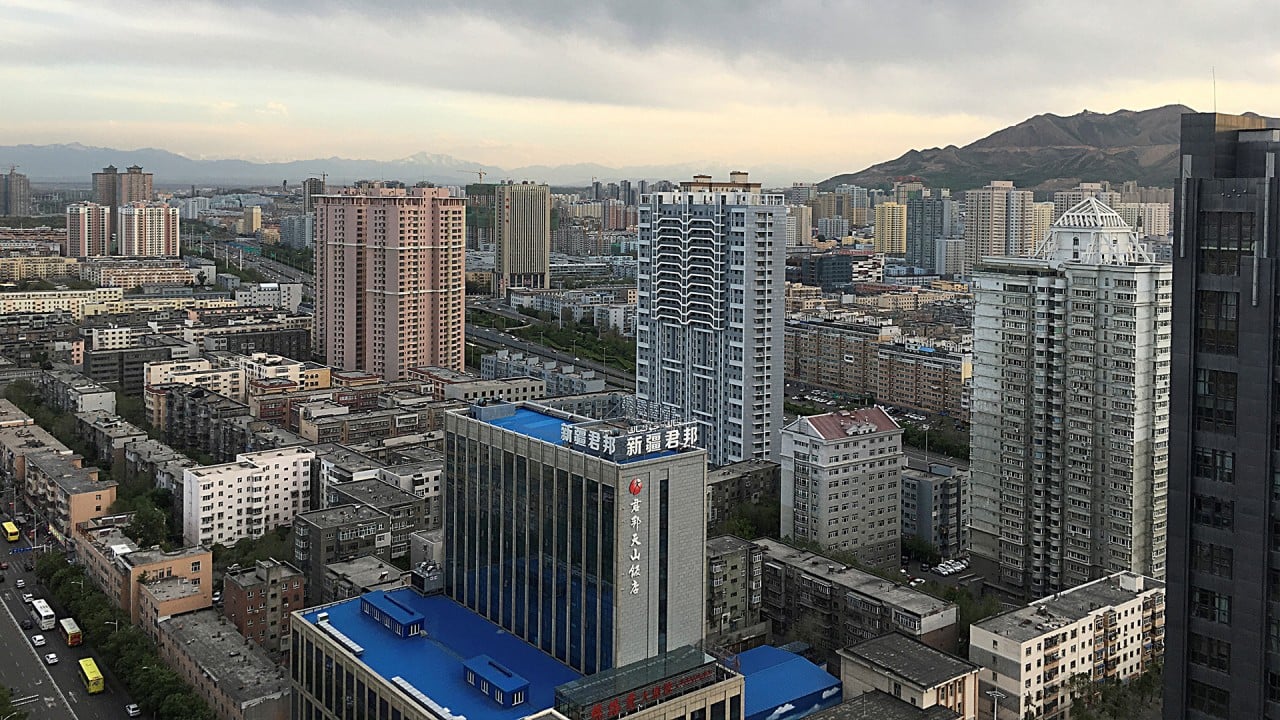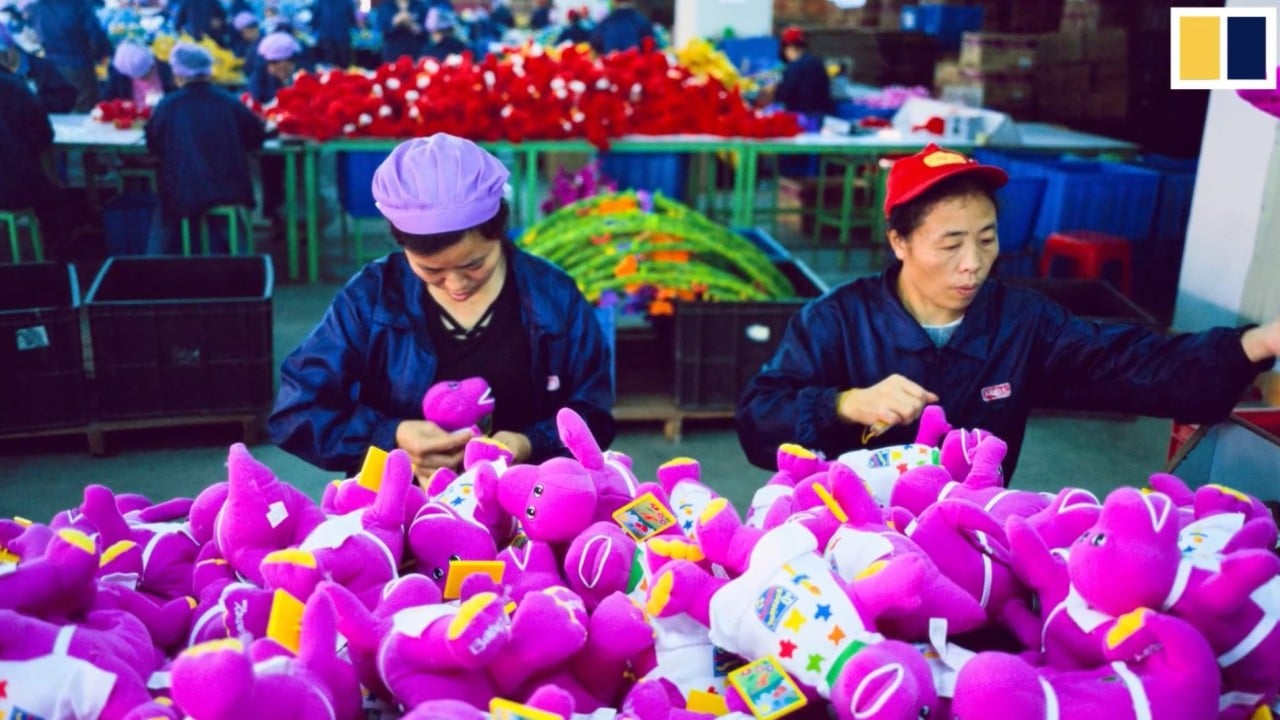
China provinces show strong signs of second quarter economic rebound after coronavirus
- Eleven of China’s 31 provincial-level jurisdictions showed strong economic improvement in the first half of the year compared to the first quarter
- Six of 11 reported their economies returned to year-on-year growth in the first six months of 2020 after contracting in the first quarter
China’s provinces showed positive signs of growth in the first half of the year, offering fresh evidence of an economic recovery in the second quarter amid ongoing risks from the coronavirus pandemic and increasing geopolitical uncertainty.
While a number of large provincial economies contracted in the first half of the year compared to a year earlier, the size of the declines narrowed sharply compared to the first quarter, implying positive growth in the April-June period. Provincial governments do not publish separate second quarter data.
Guangdong, the country’s largest provincial economy that includes the cities of Shenzhen and Guangzhou, recorded a contraction in growth of 2.5 per cent in the first half of the year from a year ago, according to figures released by the provincial statistics bureau on Saturday.

01:26
Capital of China’s Xinjiang region placed under lockdown as coronavirus returns
However, the rate of decline narrowed from a loss of 6.7 per cent in the first quarter, showing an improvement in the regional economy between April and June.
Shandong, China’s third largest provincial economy, essentially erased all economic losses stemming from the Covid-19 outbreak early in the year. The eastern province recorded a contraction of just 0.2 per cent in the first six months of the year, a sharp improvement from the 5.8 per cent decline in the first quarter, local authorities said on Saturday.
As of Monday, 11 of China’s 31 provincial-level jurisdictions had published economic results for the first half of the year, with all of them showing a strong improvement compared to the first quarter. Six of 11 reported their economies returned to year-on-year growth in the first six months of 2020 after contracting in the first quarter.
The Politburo, the top decision-making body of the Chinese Communist Party, is expected to hold a meeting later this month on the state of the economy, at which it is likely to declare progress in overcoming the economic damage from the pandemic and set economic priorities for the rest of the year.
From the regional perspective, the sharpest reversal in fortunes was in the northeastern province of Jilin, which narrowed its year-on-year contraction by 6.2 percentage points to 0.4 per cent in the first half, despite having to reimpose lockdown measures after being hard hit by a second wave outbreak in May.
In the capital Beijing, where an outbreak in mid-June prompted another partial lockdown, local GDP dropped 3.2 per cent in the first half of the year, according to the data released by local authorities on Monday. However, the rate of contraction narrowed from 6.6 per cent in the first quarter.

02:47
China warns US of ‘strong response’ regarding Taiwan, saying island’s independence is 'dead end'
Growth was fastest in the southwestern province of Guizhou. The landlocked region saw its economy expand 1.5 per cent in the first half of the year, rebounding from a contraction of 1.9 per cent in the first quarter, according to local government data released last Friday.
As it did during 2008-09 the global financial crisis, China’s leadership is relying on government-led investment to drive recovery across the country, from inland Guizhou to coastal Guangdong.
In the first six months of the year, 22 of 31 provinces achieved positive growth in investment, of which six provinces had investment growth rates of over 5 per cent, according to data released on Friday by the National Development and Reform Commission (NDRC), the country’s top economic planning agency.
Fixed asset investment improved rapidly in Guangdong, rising 0.1 per cent in the first half after shrinking 15.3 per cent in the first quarter, according to provincial data.
Investment in so-called new infrastructure – including technology projects such as 5G and data centres – rose 18.6 per cent in the first half of the year in the southern Chinese technology hub. Spending on real estate development also rose 2.5 per cent.
Investment in the province’s pharmaceutical and medical equipment manufacturing sectors jumped 50.3 per cent and 25.5 per cent, respectively.
But retail sales in the province of 115 million people declined by 14.0 per cent in the first half, still a modest improvement from the 19.0 per cent drop in the first quarter, but reflecting the uneven nature of the recovery across the country because of continued consumer concern about employment and income.

01:38
What is gross domestic product (GDP)?
The contraction in industrial output in Guangdong narrowed by 8.7 percentage points in the first half compared to the first quarter, but was still down 6.4 per cent year on year.
Activity in the hotel and catering industry shrank by 27.3 per cent in the first six months, but the financial sector saw a strong gain of 9 per cent compared to a year earlier.
The Guangdong statistics bureau said on Saturday the province was still under heavy pressure to prevent imported infections and that “economic recovery is facing great pressure”.

